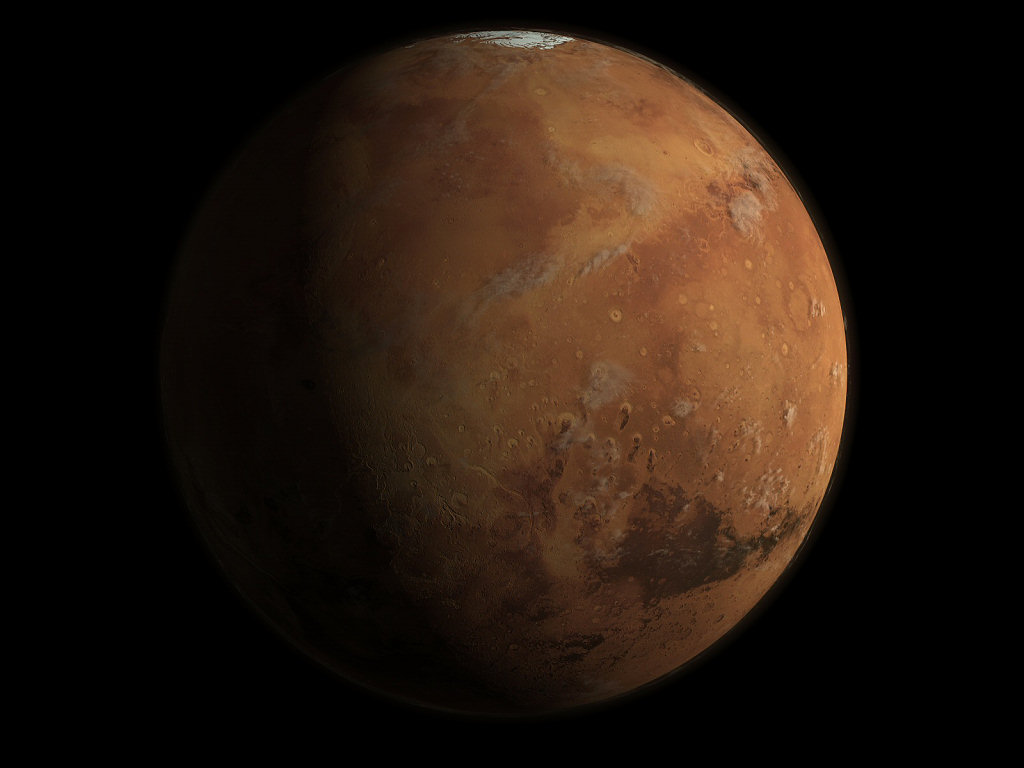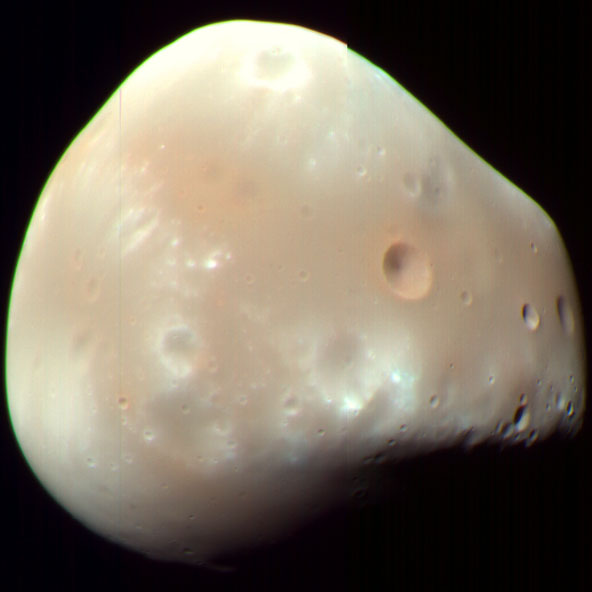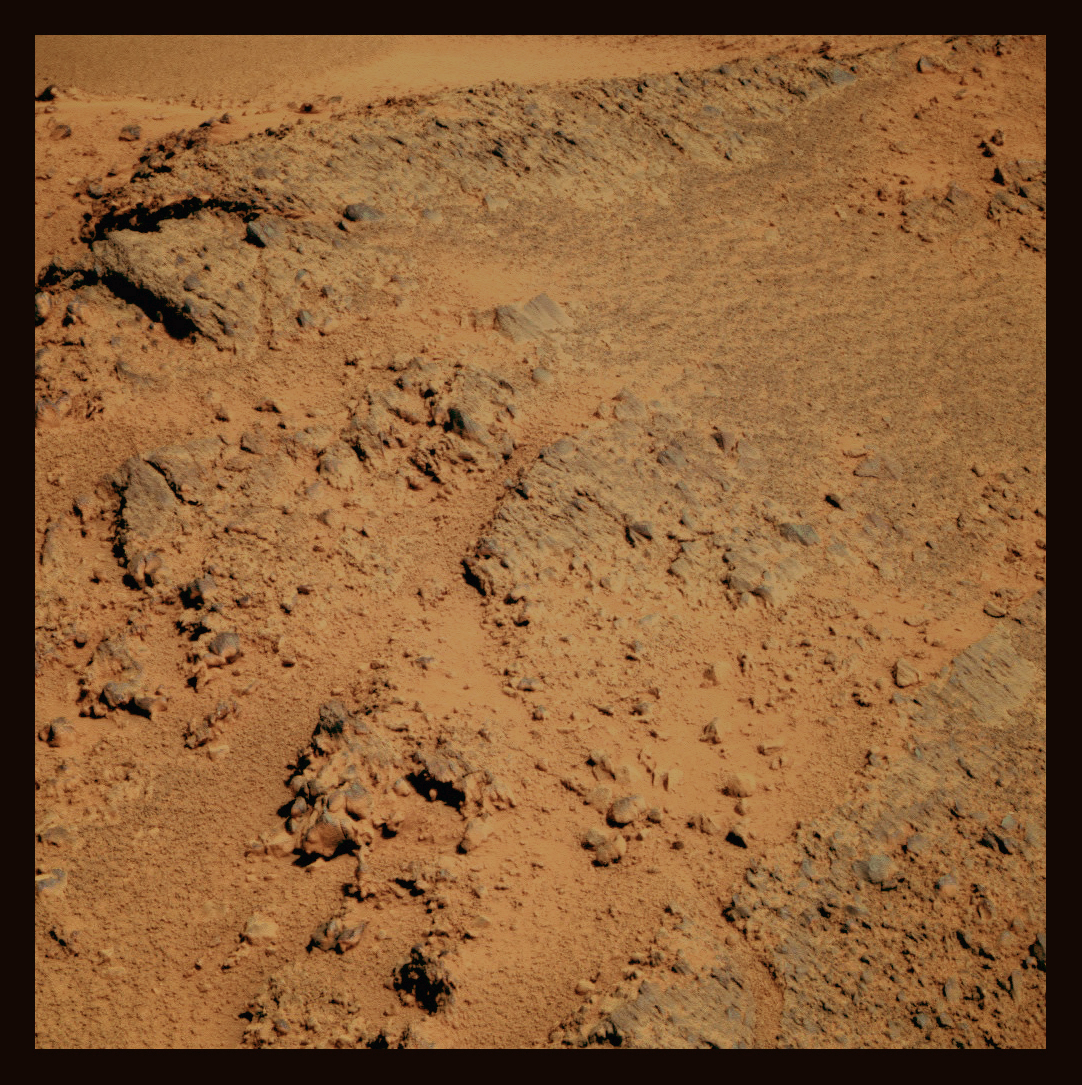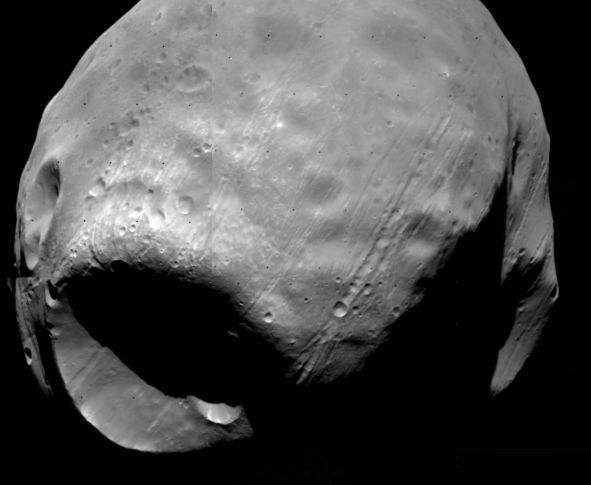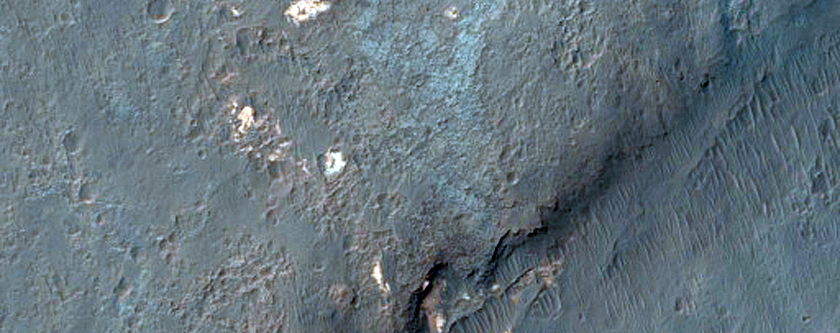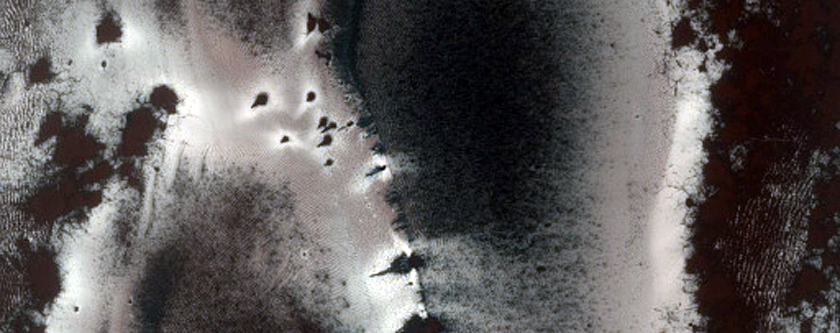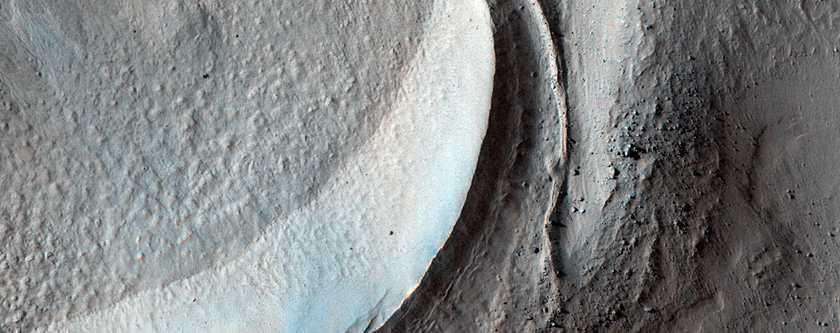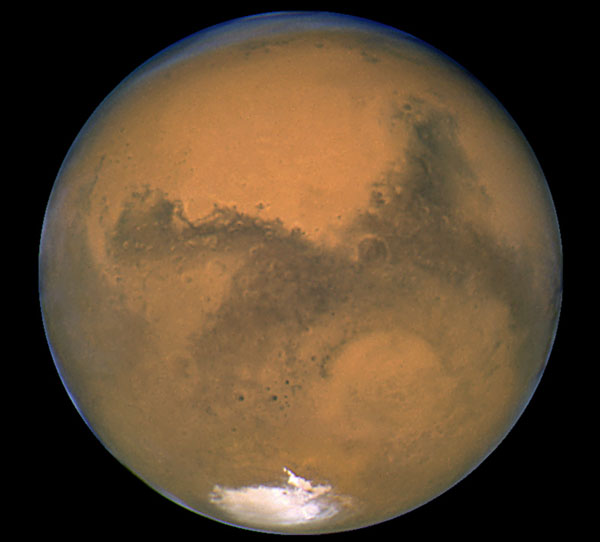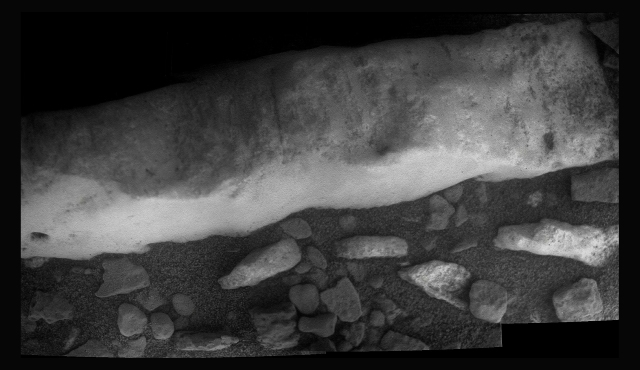 |
ESA Tracking station in Perth, Australia
Image Credit: ESA |
On Tuesday (Nov 22 2011) at 20:25 UT a tracking station based in Perth, Australia made contact with Phobos-Grunt. This was the first signal received on Earth from the spacecraft since it launched on November 8 2011. [
Phobos-Grunt, Yinghuo-1, and LIFE Remain in Earth's Orbit]
Teams from the European Space Agency (ESA) that made the original contact are in discussions with Russian engineers to determine the best method for maintaining contact with Phobos-Grunt. According to
Ria Novosti five attempts will be made to get telemetry from the spacecraft on Thursday. Each attempt will last for approximately 6-7 minutes.
If contact is made could the mission continue as planned?
While Ria Novosti and others report that the window to continue the mission passed on November 21 2011, some people like
Dr. David Warmflash, lead investigator for the LIFE experiment on board the Phobos-Grunt spacecraft, says the mission could go on if Phobos-Grunt leaves Earth's orbit anytime well into December.
Why is this?
Current missions to Mars must fall within a specified launch window when travel between Earth and Mars is most optimal. Launch windows are calculated by determining a spacecrafts propulsion capabilities and the alignment of the concerned celestial bodies. Launch windows to get from Earth to Mars (or Mars to Earth) are around once every 26 months.
Phobos-Grunt could still make it to Mars within this launch window, but the issue is that by the time it collected samples from Phobos it would have missed the launch window for the trip back to Earth. That means that samples could not be returned until 2016, 26 months later than planned.
The two ride-along missions would still be fulfilled.
Yinghuo-1 would be China's first foray to Mars. It would separate from the larger Russian probe in October 2012 (or maybe later now) and begin a year-long orbit of Mars. Its primary purpose is to collect data about the Martian atmosphere. On board it has a plasma package, a fluxgate magnetometer, a radio occultation sounder, and an optical imaging system. It also has two solar arrays to collect energy.
The
Living Interplanetary Flight Experiment (LIFE), created by the Planetary Society is an astrobiological experiment containing ten types of organisms. It is an international venture, with cooperation from the Russian Space Research Institute, the Institute of Biomedical Problems of the Russian Academy of Sciences, the Moscow State University, the American Type Culture Collection, and the Institute of Aerospace Medicine, Germany. The mission is to see what types of organisms can survive the harsh conditions of space travel. Please see the
LIFE page for more information on their missions.
The two ride along missions would essentially be unaffected by an extended stay on Mars. Yinghuo-1 is only set to remain in orbit for a year regardless and the purpose of the LIFE is to determine whether life can survive the harsh conditions of deep space for an extended period of time, so prolonging the time would likely only help to the experiment.
It remains to be seen whether commands can be sent to Phobos-Grunt, but for now there is renewed hope that the mission can go on.
For the latest information on the Phobos-Grunt mission I highly recommend following Dr. David Warmflash, (@CosmicEvolution) on Twitter.
